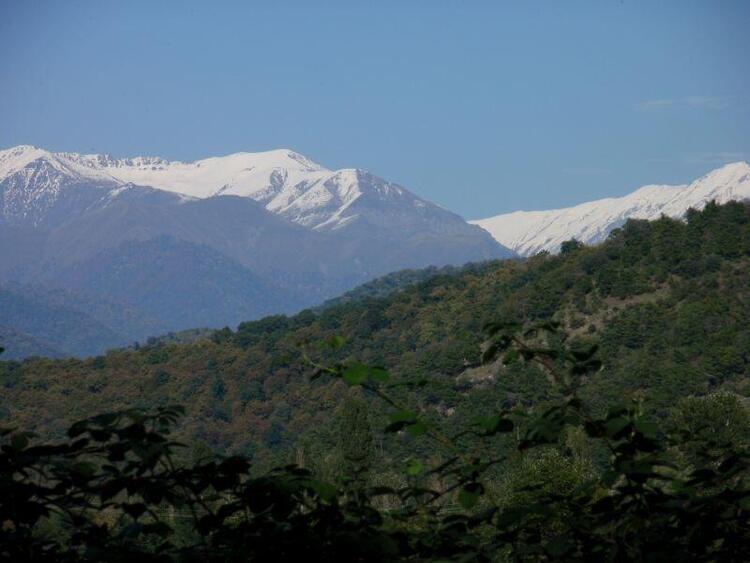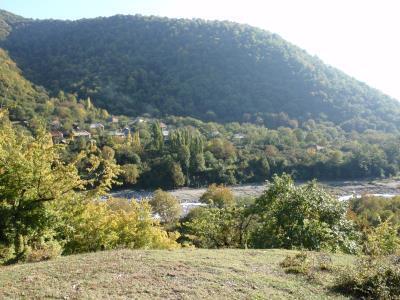The traveller Von Potto visited the Zakatala Region in the 19th century and described it as follows: 'A man, passing through the thickets and woods, stops in awe of the mighty oaks and beeches, ... the enormous chestnuts, hazelnuts and sycamores, ash, limes and poplars, and the silvery, pyramidal weeping willows, struck by their size, beauty and majesty ... Between the trees runs a silvery, babbling brook and from far away the roar of mountain streams can be heard: His words, praising the nature of the region, covers a number of pages in his book.
The nature of the Caucasus takes one's breath away with its unique beauty and incredible variety. Here, peace and quiet reigns only disturbed occasionally by the cool, light breezes. The Tsakhur have lived in harmony with their surroundings for thousands of years. In Dagestan, at the source of the Samur River there are a number of ancient Tsakhur villages. At this height, around 2000-2500 metres, the geography consists of subalpine meadows dotted with mountain flowers and pockets of woodland. Numerous medicinal herbs grow in these meadows - clover, thyme, cumin, locoweed, St. John's wort, chamomile, yarrow and valerian. Many mountain creatures also make their home here.
The environment in Azerbaijan is quite different from that in Dagestan. In the fertile earth of the Alazanskoi Valley, which the Tsakhur call 'Gal'; hazelnuts, chestnuts, oaks, hornbeam, elm, and a variety of fruit bearing trees and medicinal plants all thrive. In the lowland woods roam mountain goats, boars, bears and high above it is possible to see an eagle or kite soaring above the mountain peaks. There are also National Parks near Zakatala and Ilisu. Because of this, as well as the pleasant climate and rich history, the region attracts tourists on a regular basis. The region is also renowned for its mineral springs and is often a place of choice for those wishing to find healthier climes to relax and recuperate. Besides Tsakhur, the local population consists of Azeris, Avars, Lezgins, Lak, Udi, Rutul, Georgians and others.

